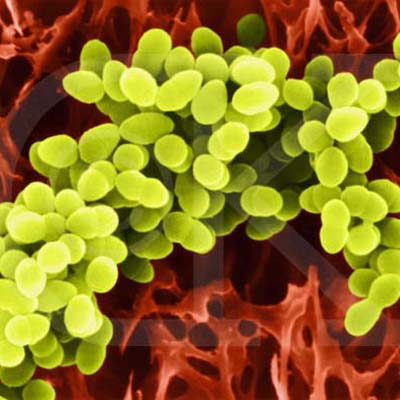
Bacteria are usually classified as beneficial or harmful. Bacteria can be found everywhere, and it seems on every surface and every part of the human body. Useful bacteria are often found in yogurt and cheese making, and good for the digestive tract. On the other hand, harmful bacteria are those that you may be more familiar, and those things that cause disease and infection. Here are 5 types of harmful bacteria that can be found in the modern world. Type 1: Streptococcus Pyogenes streptococcus pyogenes is the bacteria responsible for many common human diseases seen today, including mild strattera dosing skin infections and sore throat. Spherical bacteria that grow in the network and existing in the human body where the temperature is suitable for its growth. Streptococci pyogenes is responsible for serious diseases such as multiple sepsis, otherwise known as toxic shock syndrome, when the body reacts strongly to the protein produced by bacteria. This type of bacteria to treat penicillin, and relatively easy to apply in cases where the infection is minor. Type number 2: Escherichia Coli, known as E. Coli, this bacterium is the cause of gastrointestinal disease, diarrhea and symptoms related to food poisoning. This bacterium is present in different strains, and, of course, exists in overalls intestine. Harmful strain secretes a protein that causes the body to react negatively, and in suits attempt to clear the toxin produced by bacteria, he responds to vomiting and diarrhea. The best way to prevent the condition to avoid poorly cooked and raw food. Type 3: Vibrio cholerae Vibrio cholerae is the bacterium responsible for cholera outbreaks, killing many people throughout history. Although cholera is now less common in developed countries, it still creates problems for those who travel frequently in less developed areas. The disease is characterized with symptoms similar to food poisoning, including fever, runny nose, vomiting and diarrhea. The body naturally clears bacteria and moisture is often enough to recover, although antibiotics available to combat the disease as well. Type 4: enteritis enteritis Salmonella Salmonella is the most common cause of food poisoning in developed countries. This strain does not usually affect adults as well as gastric juice kills bacteria and prevent its spread. This, however, attack children and adolescents, causing serious dehydration and vomiting. It can be treated with a course of antibiotics, as well as infected children and children, medical assistance should be sought immediately after the onset of symptoms to the surface. Trip number 5: Salmonella typhoid Another type of Salmonella, the strain responsible for typhoid fever and rarely in developed countries, but also a huge killer in underdeveloped. This type of bacteria produces toxins that affect the stomach and intestinal region, causing vomiting, diarrhea, fever and bloody stools. Typhoid fever is very dangerous and can be fatal for those who do not seek medical help after symptoms begin to appear. Related posts:
No comments:
Post a Comment